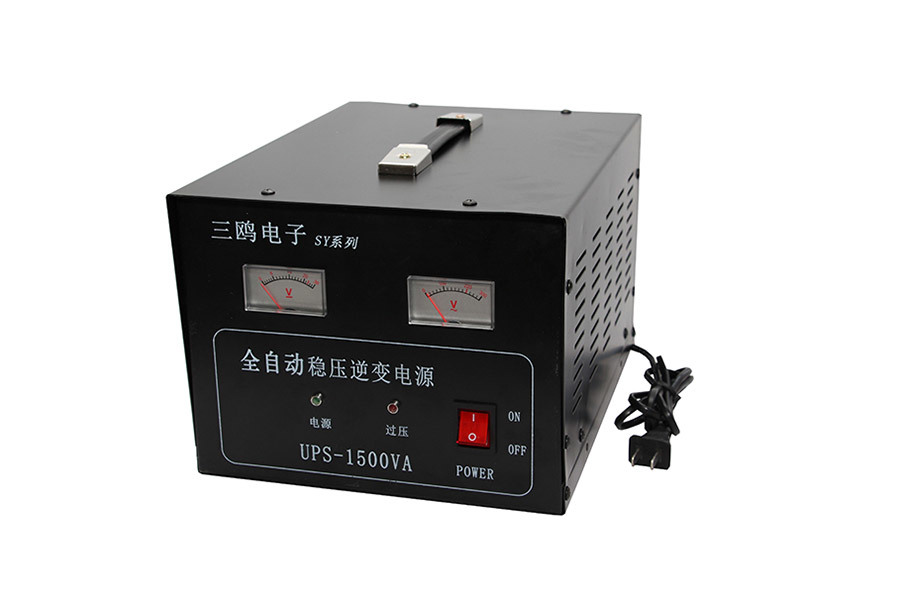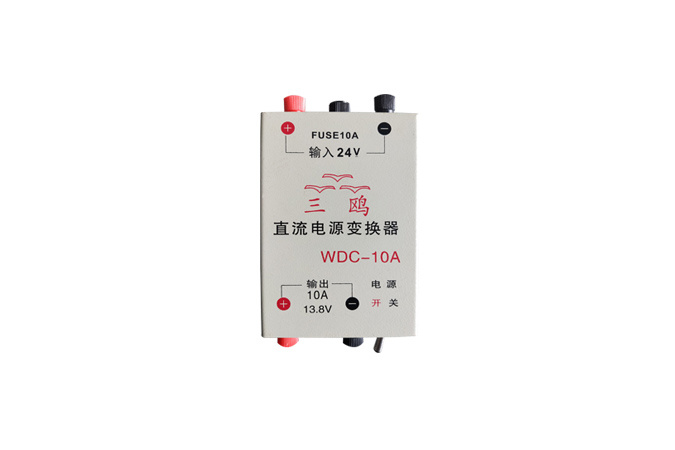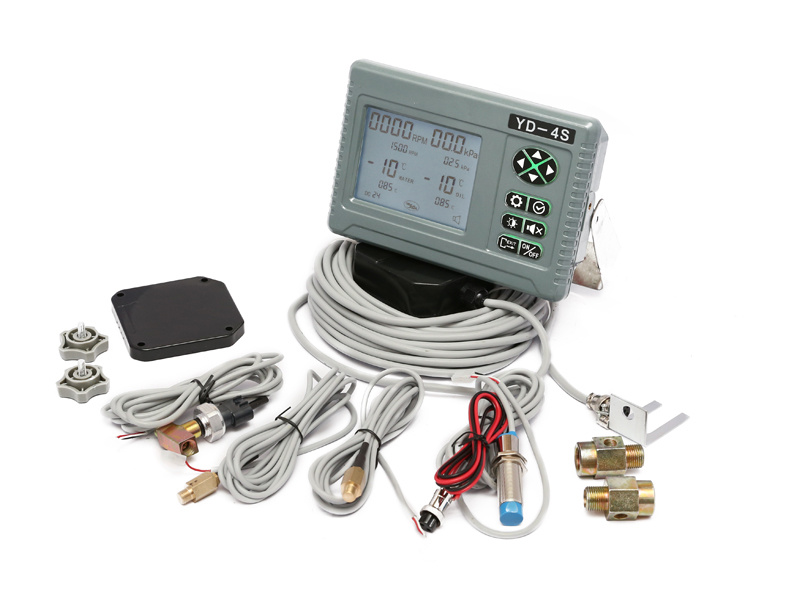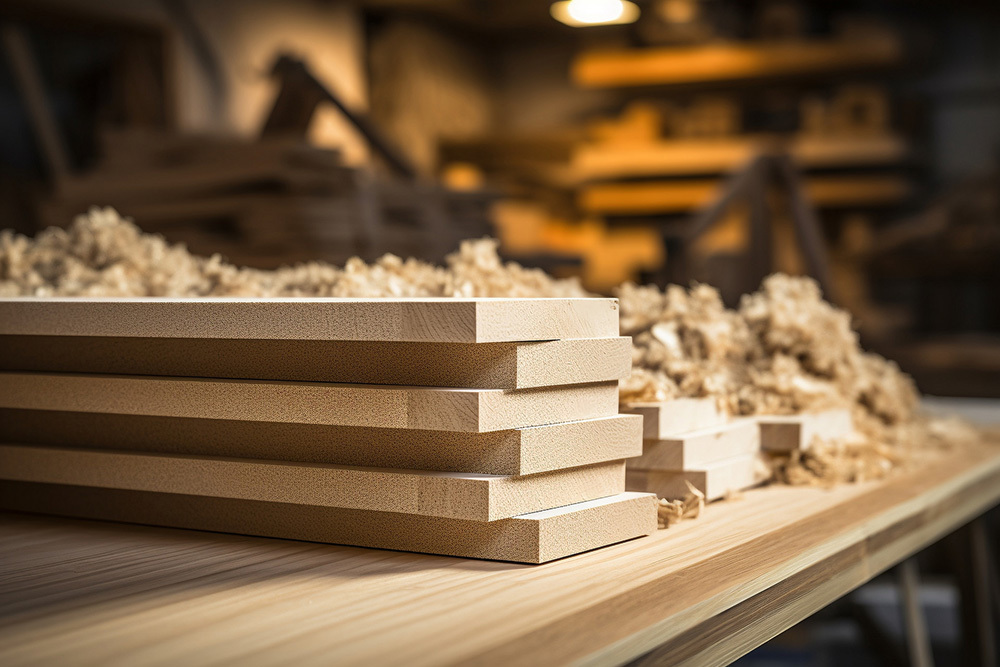News Center
Radar Modulation Boards: Revolutionizing Level Measurement Technologies
Radar Modulation Boards: Revolutionizing Level Measurement Technologies
Table of Contents
- Introduction to Radar Modulation Boards
- Understanding Level Measurement Technologies
- What Are Radar Modulation Boards?
- How Radar Modulation Boards Work
- Advantages of Radar Modulation Boards in Level Measurement
- Applications of Radar Modulation Boards in Various Industries
- The Future of Level Measurement Technologies
- Frequently Asked Questions
- Conclusion
Introduction to Radar Modulation Boards
In the world of industrial automation, precise level measurement is crucial. Industries ranging from food and beverage to oil and gas rely heavily on accurate measurement technologies. Among these technologies, **radar modulation boards** have emerged as game-changers, providing unparalleled accuracy and reliability. This article will delve into how radar modulation boards are revolutionizing level measurement technologies, offering insights into their functionality, advantages, and applications across various sectors.
Understanding Level Measurement Technologies
Level measurement technologies are essential for monitoring the level of liquids and solids in various containers and environments. Traditional methods include float switches and ultrasonic sensors, but these can be limited in accuracy and applicability. With the advent of radar technology, level measurement has seen significant advancements.
**Radar level measurement** utilizes electromagnetic waves to determine the distance to the surface of a material. This technique is unaffected by temperature, pressure, or vapor, making it superior to many traditional measurement methods.
What Are Radar Modulation Boards?
**Radar modulation boards** are specialized electronic components designed to generate and process radar signals for level measurement applications. These boards modulate the radar signals sent out by a sensor, enabling more precise detection and measurement of different materials within a given environment.
Key features of radar modulation boards include:
- **High Frequency Operation:** Allows for sharper resolution of the radar signal.
- **Signal Processing Capabilities:** Enhances the clarity and accuracy of the received signals.
- **Robust Design:** Can withstand harsh industrial environments, ensuring longevity and reliability.
How Radar Modulation Boards Work
Radar modulation boards operate by emitting electromagnetic waves towards the target material's surface. When these waves encounter the surface, they reflect back to the sensor. By analyzing the time it takes for the waves to return, the radar modulation board calculates the material's level.
The modulation aspect comes into play as it enables the adjustment of the frequency and phase of the radar signal, optimizing the detection process. This dynamic adjustment leads to improved signal-to-noise ratio, which is particularly beneficial in environments with a lot of interference.
Advantages of Radar Modulation Boards in Level Measurement
The integration of radar modulation boards into level measurement technologies offers several significant advantages:
1. Enhanced Accuracy
Radar modulation boards provide superior accuracy over traditional level measurement methods. The high-frequency operation allows for precise measurement even in challenging conditions.
2. Versatility
These boards can be used in various applications, from liquid level monitoring in chemical tanks to solid level detection in silos. Their adaptability makes them a preferred choice for many industries.
3. Resistance to Interference
Unlike ultrasonic sensors, radar systems are less affected by environmental factors such as dust, vapor, or temperature fluctuations. This reliability is crucial in industries where measurement integrity is paramount.
4. Low Maintenance Requirements
Radar modulation boards typically require minimal maintenance, which reduces operational costs and increases efficiency. Their robust design ensures longevity, minimizing the need for frequent replacements.
5. Real-time Monitoring
These systems allow for real-time monitoring and data analysis, facilitating immediate decision-making and optimization of processes.
Applications of Radar Modulation Boards in Various Industries
Radar modulation boards have wide-ranging applications across multiple industries, showcasing their versatility and effectiveness.
1. Oil and Gas
In the oil and gas sector, radar modulation boards are vital for monitoring tank levels, ensuring safety, and preventing spills. Their ability to perform in extreme conditions makes them ideal for this industry.
2. Food and Beverage
These boards are used to monitor the levels of liquid ingredients, ensuring accurate batching and consistency in product quality. Their resistance to contamination is crucial here.
3. Water and Wastewater Management
Radar level measurement technologies play a critical role in managing water levels in treatment plants, helping to maintain system efficiency and prevent overflow.
4. Chemical Processing
In chemical processes, precise level measurement is essential for ensuring safety and compliance. Radar modulation boards deliver the accuracy needed to manage hazardous materials effectively.
5. Mining and Aggregates
In mining, these boards help monitor material levels in silos and hoppers, enhancing efficiency and safety in material handling operations.
The Future of Level Measurement Technologies
As industries continue to evolve, the demand for more sophisticated level measurement solutions will grow. The future of radar modulation boards looks promising, with innovations on the horizon, including:
- **Integration with IoT:** The ability to connect radar modulation boards to the Internet of Things (IoT) will allow for enhanced data analytics and remote monitoring capabilities.
- **Smart Sensor Technology:** Future developments may lead to smarter sensors capable of self-calibrating and learning from environmental conditions, further enhancing accuracy.
- **Miniaturization:** Ongoing advancements may result in smaller, more efficient boards that can be easily integrated into existing systems without extensive modifications.
Frequently Asked Questions
1. What is the primary benefit of using radar modulation boards over traditional measurement methods?
The primary benefit is enhanced accuracy and reliability, especially in challenging environmental conditions where traditional methods might fail.
2. Can radar modulation boards be used for both liquid and solid level measurement?
Yes, these boards are versatile and can effectively measure both liquids and solids across various industries.
3. How do radar modulation boards handle interference from environmental factors?
Radar systems are less susceptible to interference from vapors, dust, or temperature variations, ensuring accurate readings.
4. What industries benefit the most from radar modulation technology?
Industries such as oil and gas, food and beverage, water management, chemical processing, and mining significantly benefit from this technology.
5. Are radar modulation boards easy to maintain?
Yes, radar modulation boards typically require minimal maintenance due to their robust design, leading to reduced operational costs.
Conclusion
Radar modulation boards are undeniably at the forefront of revolutionizing level measurement technologies. With their precision, adaptability, and resilience, they have become essential tools across various industries. As we move towards a more connected and technologically advanced future, the role of radar modulation boards is set to expand, paving the way for enhanced efficiency and safety in level measurement systems. Embracing these innovations will undoubtedly lead to improved operational performance and a competitive edge in the market.
Related News
Understanding the Functionality and Benefits of 1 in 4 Out Signal Distributors
In the realm of electronic components, particularly within the optoelectronic sector, signal distribution is a critical process that ensures efficient communication between devices. A 1 in 4 out signal distributor is a specialized device designed to take a single input signal and distribute it to four separate output channels. This functionality is essential for various applications, including tel
Maximize Your Signal Distribution with an Efficient 1 in 10 Out Distributor
Maximize Your Signal Distribution with an Efficient 1 in 10 Out Distributor Table of Contents Understanding Signal Distribution What is a 1 in 10 Out Distributor? Benefits of Using a 1 in 10 Out Distributor Applications of 1 in 10 Out Distributors Key Features to Consider Installing and Configuring Your Distributor Troubleshooting Common Issues Maintaining Your Signal Distributor
Understanding the Furuno 1831 Radar Plug: An Essential Component for Radar Level Measurement
The Furuno 1831 radar plug, particularly the 24-pin square connector, is integral to the operation of radar systems commonly utilized in level measurement applications. These systems are widely recognized for their accuracy and reliability in gauging material levels across various industries, including chemical processing, water treatment, and food and beverage manufacturing. One of the primary fu




